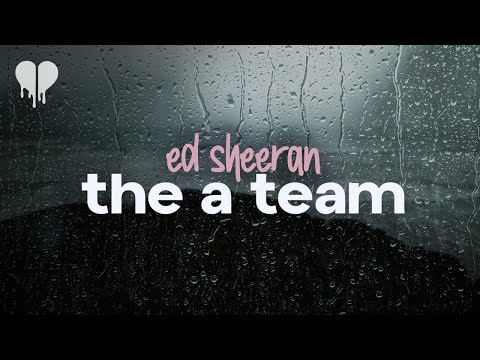The licensed practical/vocational nurse is working with a team of nurses from the hospital to secure funding for free mammograms for the homeless population.
The licensed practical/vocational nurse posed this potential ethical issue: What happens if a homeless woman has a positive mammogram, but travels from center to center and is hard to find, or has no insurance or way to pay for follow-up, or treatments for breast cancer? Is it appropriate to diagnose but not communicate the results, or not be able to treat a life-threatening disease? Which is the best action for the team to take next?
A) Apply for an additional grant to provide funds for the support team needed to help women with a positive mammogram
B) Provide the mobile-free mammograms in the homeless area
C) Create an ethical plan of action and a detailed follow-up plan to communicate the results to women who travel from center to center
D) Determine a support system to counsel, secure affordable care act insurance, and gain access to treatment
Question 2
The licensed practical/vocational nurse is caring for a client at a clinic who reports his concern that three of his brothers died from a brain aneurysm.
His physician has ordered a computed tomography (CT) scan but his insurance will not authorize this test to determine if he has an aneurysm because he does not have any headaches. The client believes this is an ethical dilemma because if he lies, he gets the treatment paid and possibly waste insurance money to find out it was not necessary. He could go along with the insurance's rules and wait until he has a headache with the risk of dying from an aneurysm. Which should the nurse suggest to the client?
A) Discuss the situation with your physician and have him write an appeal to the insurance underwriters stating the reasons why you should have the procedure and e-mail the form to them to expedite the process.
B) You should take the situation to the hospital board of ethics and let them make a decision, and if they believe it is wrong for insurance to withhold treatment, they will permit you to receive the treatment.
C) You should just lie and say you are experiencing the worst headache in the world, and insurance will cover the CT scan, and you will find out if you have an aneurysm or not, and if you have one, the physician can repair it.
D) If you are not experiencing a headache, then you don't have an aneurysm, and the insurance company knows this based upon statistics, and they would never try to harm an individual and refuse treatment to save costs.







